In addition to the stories by artists, composers and filmmakers in this section of the jonestown report, we learned of these other developments within the past year:
• Lester Kinsolving, whose 1972 series of articles represented the first critical attention focused on Peoples Temple – and who earned the Temple’s lifetime enmity because of it – is the subject of Gadfly, a memoir by his daughter Kathleen Kinsolving. Online reviews of Gadfly which specifically reference Kinsolving’s relationship with Peoples Temple and Jim Jones include Four Decades with the White House Press Corps, by Tim Mak (18 July 2010). That relationship is also discussed in The Kinsolving Standard, by Ben Barrack, WorldNetDaily, 11 May 2010.
• The 2009 book Understanding Jonestown and Peoples Temple, which was discussed by author Rebecca Moore and reviewed by Rikke Wettendorff and Matthew Farrell in last year’s jonestown report, has been reviewed several times in the past year. Additional reviewers include:
• Daniel J. Flynn, a critical review which was picked up by numerous blogs;
• Robert F. Zeidel, which was published in California History, the quarterly magazine of the California Historical Society;
• Linda Sargent Wood in the Pacific Historical Review; and
• Amazon.com.
Understanding Jonestown was also featured in an interview with Moore published in San Diego’s Uptown News.
• A radio dramatization of some of the correspondence of the Moore family – back and forth among the parents John and Barbara Moore, their two daughters in Guyana, Carolyn Layton and Annie Moore, and their third daughter who survived, Rebecca Moore – was aired on BBC Radio 4 on 13 January 2010. The material was taken from Rebecca Moore’s book, The Jonestown Letters: Correspondence of the Moore Family 1970–1985, published in 1985 by Edwin Mellen Press. A review of the program appeared on That Hideous Man blog.
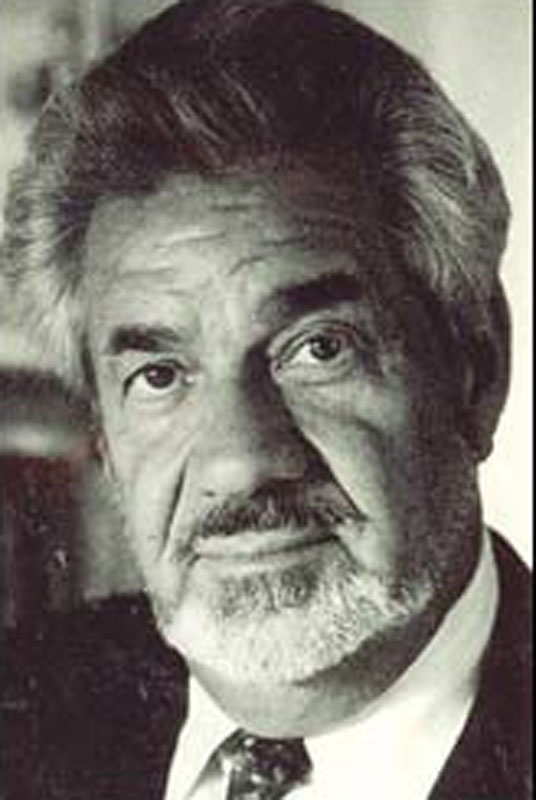 • Mark Lane – who, along with Charles Garry, was one of the attorneys for Peoples Temple and Jim Jones at the time of the deaths in Jonestown and who, also as with Garry, survived the deaths when he was escorted to the East House in Jonestown – is completing work on a documentary film. He is also writing an autobiography.
• Mark Lane – who, along with Charles Garry, was one of the attorneys for Peoples Temple and Jim Jones at the time of the deaths in Jonestown and who, also as with Garry, survived the deaths when he was escorted to the East House in Jonestown – is completing work on a documentary film. He is also writing an autobiography.
• Jim Jones, Jr., the adopted African American son of Jim Jones who survived the deaths on November 18, 1978 by being in Georgetown for a basketball tournament, appeared on Oprah in early May. Oprah’s summary of the appearance is here. Stories about the appearance include Jim Jones’ Son on Oprah Winfrey, by Valerie Ferrari on Associated Content (9 July 2010). A commentary for the jonestown report on Jones’ appearance is here.
It was the second Oprah show during which the talk show host had featured Peoples Temple. In 1988, she brought together several former members to talk about their lives ten years after the tragedy. She considered the reunion one of the Top Ten she had hosted during the life of her show.
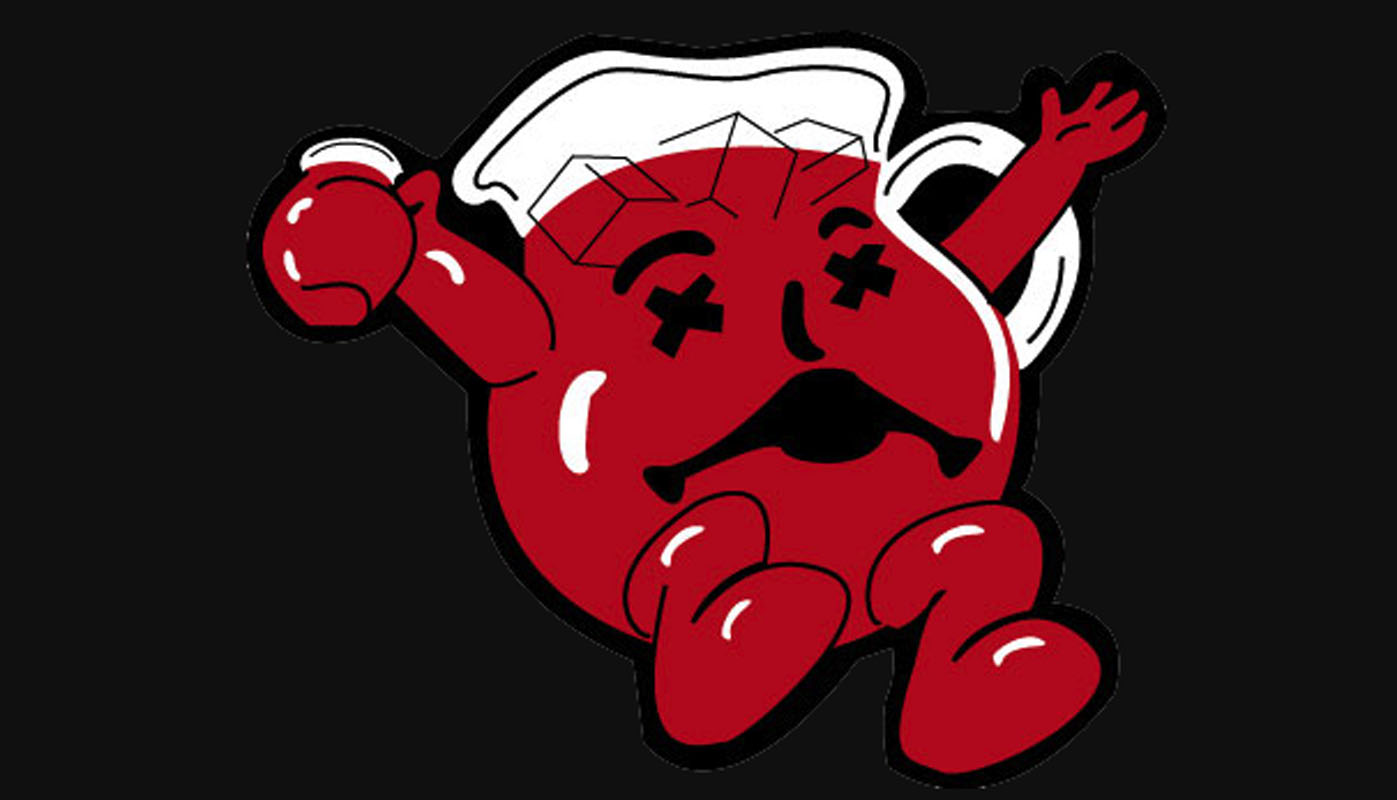 • The Jonestown Massacre has also loaned its name to an inline hockey team in North Carolina. Quoting from its home page, “The idea of the team came from the incident that occurred in Jonestown, Guyana in 1978. The clever logo is a Kool-Aid spokesman, The Kool-Aid Man, with deadly ‘X’s as eyes, indicating his demise. In this case he shall be saying ‘oh, no!’, instead of his trademark ‘oh, yeah!’ expression known around the world.” The team finished its 2010 season with a 3-7 record.
• The Jonestown Massacre has also loaned its name to an inline hockey team in North Carolina. Quoting from its home page, “The idea of the team came from the incident that occurred in Jonestown, Guyana in 1978. The clever logo is a Kool-Aid spokesman, The Kool-Aid Man, with deadly ‘X’s as eyes, indicating his demise. In this case he shall be saying ‘oh, no!’, instead of his trademark ‘oh, yeah!’ expression known around the world.” The team finished its 2010 season with a 3-7 record.
• A movie entitled The Jonestown Defense is in post-production. The phrase “Jonestown defense” has recently entered American slang and is defined as a “defense against a corporate takeover in the form of a poison pill so strong that it threatens the survivability of the target company.”
A number of musical artists and groups have incorporated the icons – and even the very name – of Jonestown into their own images in recent months. Among recent discoveries:
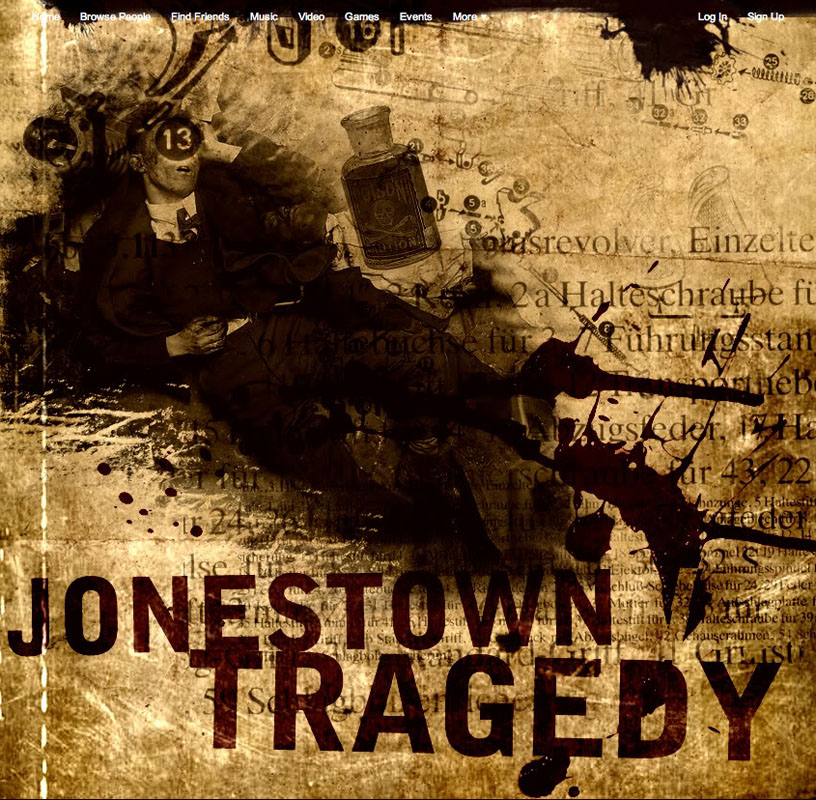 • The Jonestown Tragedy, a punk group from McAllen/Weslaco, Texas, formed in March 2007. According to their website, “they bring dueling leads, melodic vocal straight up fast progressive punk.”
• The Jonestown Tragedy, a punk group from McAllen/Weslaco, Texas, formed in March 2007. According to their website, “they bring dueling leads, melodic vocal straight up fast progressive punk.”
• Described as “poised at the intersection of country and rock” – and as a cross betweenMotorhead and Merle Haggard – Memphis trio Joecephus and the George Jonestown Massacre plays at honky-tonk, punk and metal venues in the tri-state area of Mississippi, Alabama and Tennessee.
• Jonestown is also the name of a four-person British rock band which composes and plays its own music in the “post punk/indie” genre.
• The CD Jonestown – released by hip-hop artist D-Sisive on November 18, 2008, the 31st anniversary of the deaths in Jonestown – picked up a good review from the exclaim.ca website [Editor’s note: This URL was found to be defunct in December 2022], which said “the record finds Derek Christoff conceptualizing Jonestown on lyrics rife with personal pain, humour and cultural references. … That innocence and bitterness shine through on ‘In the Jungle’ and ‘One Way Ticket,’ which are superficially bumping and intrinsically disturbing. … [P]ain with wit.”
The album is available as a free download.
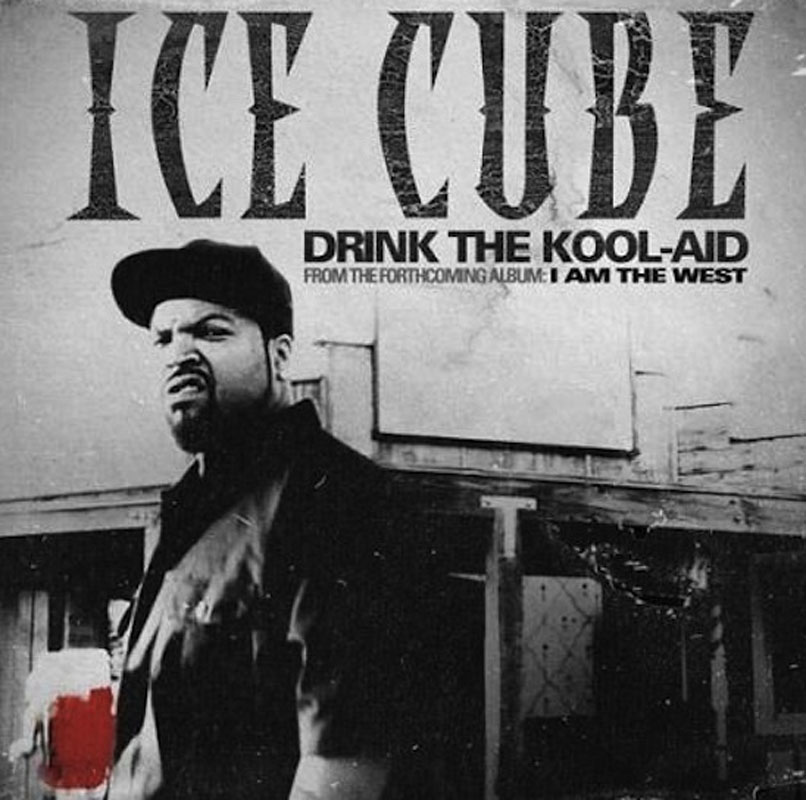 • According to a website by rap critic Henry Adaso, the lead track of Ice Cube’s latest record I Am the West – entitled “Drink the Kool-Aid” – airs out a number of his music industry hatreds, including a grudge against his producer and former N.W.A. partner Dr. Dre. Ice Cube denied the charges and posted the lyrics to the song on his own site “for everybody who understands style and grace in hip-hop.”
• According to a website by rap critic Henry Adaso, the lead track of Ice Cube’s latest record I Am the West – entitled “Drink the Kool-Aid” – airs out a number of his music industry hatreds, including a grudge against his producer and former N.W.A. partner Dr. Dre. Ice Cube denied the charges and posted the lyrics to the song on his own site “for everybody who understands style and grace in hip-hop.”
 • Another rap album – this one a collaborative effort by Messy Marv, The Jacka and Blanco of the Yay Boyz – entitled Jonestown opens its tracklist with a cut called “Cyanide.” The cover art features a metallic vat such as the one used in Jonestown, with five paper cups floating on the surface of a purple liquid.
• Another rap album – this one a collaborative effort by Messy Marv, The Jacka and Blanco of the Yay Boyz – entitled Jonestown opens its tracklist with a cut called “Cyanide.” The cover art features a metallic vat such as the one used in Jonestown, with five paper cups floating on the surface of a purple liquid.
• The metal rock group, The Acacia Strain, has produced a song called “Jonestown” which appears on their Wormwood CD, as well as several places on YouTube, including here and here. The lyrics appear on several locations on the net as well, including here, here, and here. Warning: The lyrics and some of the comments about the music are graphic and explicit.
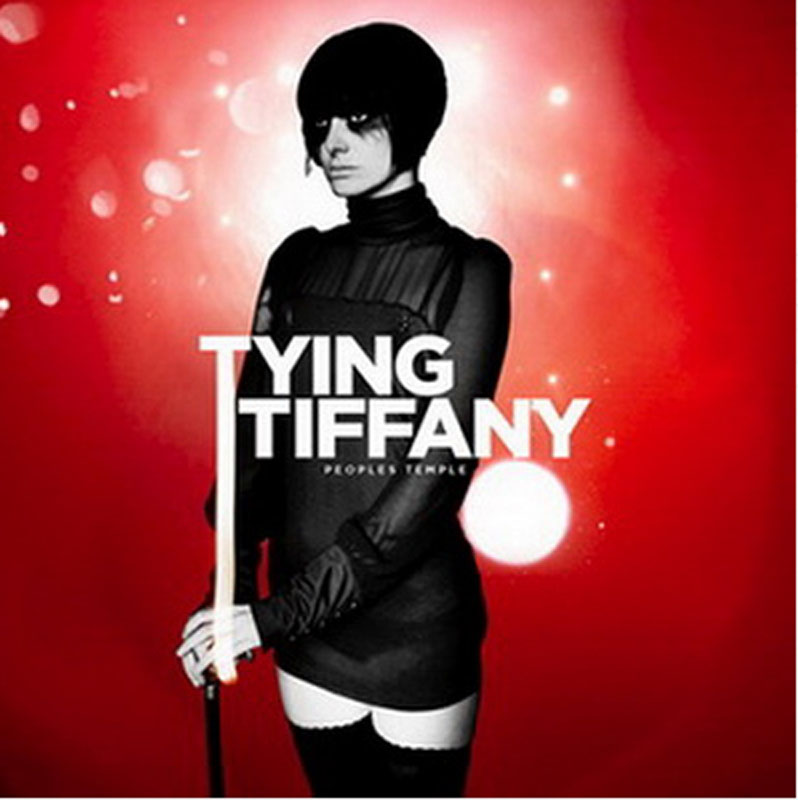 • Alternative/electronica/goth music artist Tying Tiffany released a CD in June 2010 called Peoples Temple. As one website review described it, “Peoples Temple takes the inspiration from the lack of models, critical awareness and from the feeling of general vacuity pervading in the new generations. It’s no accident that the album title is inspired by the homonymous San Francisco’s cult led by Jim Jones guilty for the ’78 mass suicide.”
• Alternative/electronica/goth music artist Tying Tiffany released a CD in June 2010 called Peoples Temple. As one website review described it, “Peoples Temple takes the inspiration from the lack of models, critical awareness and from the feeling of general vacuity pervading in the new generations. It’s no accident that the album title is inspired by the homonymous San Francisco’s cult led by Jim Jones guilty for the ’78 mass suicide.”
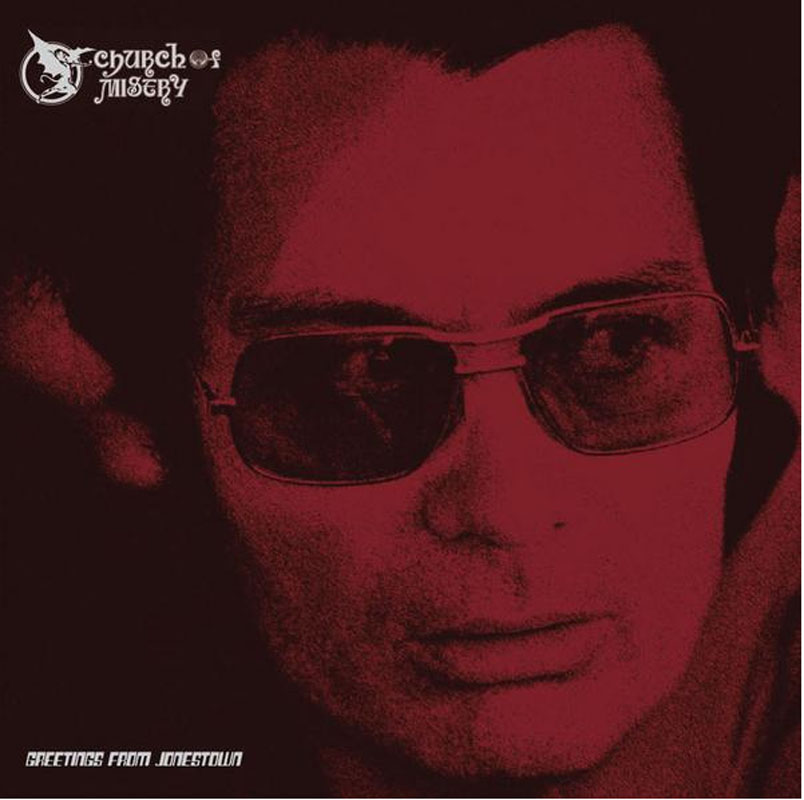 • The Church of Misery, a Japanese trio described by its fans as in the “Stoner/Traditional Doom” genre of music, released an EP in late November 2009 entitledGreetings from Jonestown. “Jonestown Massacre (Jim Jones),” a 12:47 song leading off the disc, “is a non-stop guitar jam mixed with Jim Jones clips,” according to one blogspot.
• The Church of Misery, a Japanese trio described by its fans as in the “Stoner/Traditional Doom” genre of music, released an EP in late November 2009 entitledGreetings from Jonestown. “Jonestown Massacre (Jim Jones),” a 12:47 song leading off the disc, “is a non-stop guitar jam mixed with Jim Jones clips,” according to one blogspot.
• Some bands which do not have Jonestown or Peoples Temple in their names or in the titles of their songs nevertheless have incorporated snippets of tape from the Temple recorded oeuvre into their music. The song “Go Outside” by the group Cults opens with several quotes by Jim Jones from the so-called “death tape” – “To me, death is not a fearful thing. It’s living that’s treacherous” – in the opening bars of music which has been described as “innocent and balmy.”
• Peoples Temple, a new dance party in Brooklyn’s Bruar Falls nightclub, debuted in mid-August 2010. The self-described “degenerate art maven” Sam Mickens who hosts the monthly event says “Peoples Temple will prove an exquisite night where folk from all walks of life can come to drink, dance, and co-exist in the spirit of ecstatic love.”